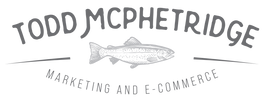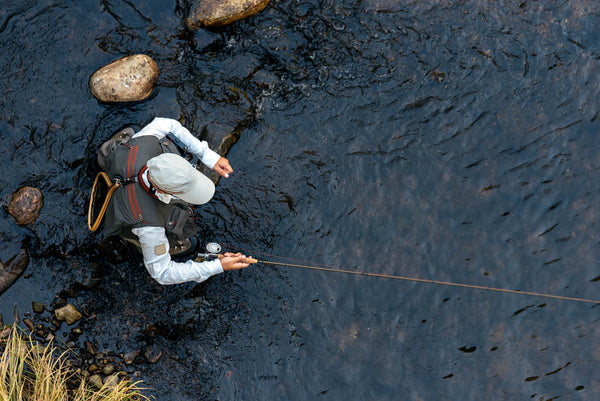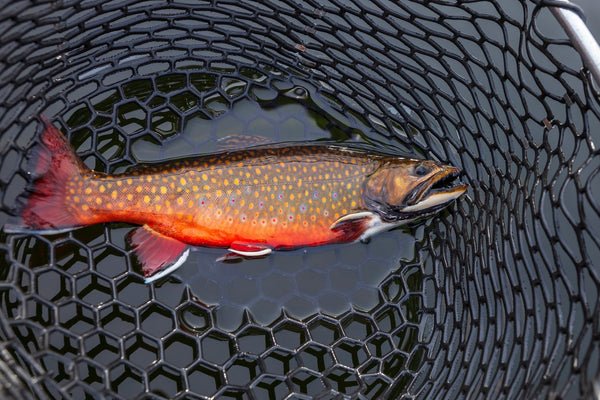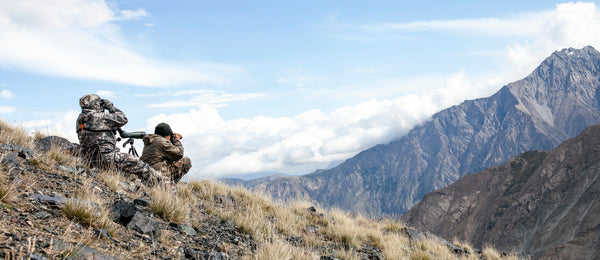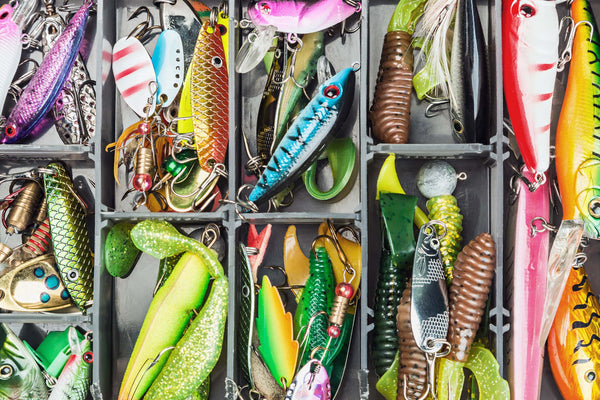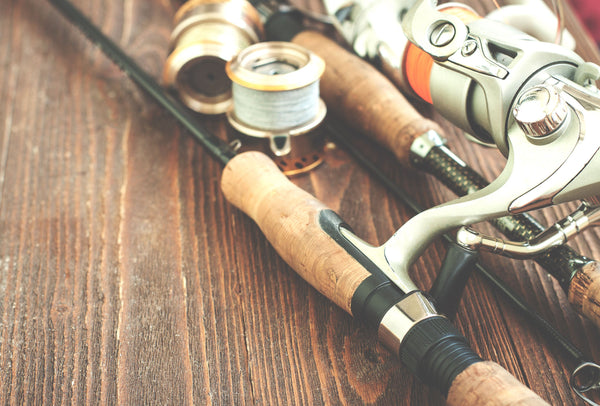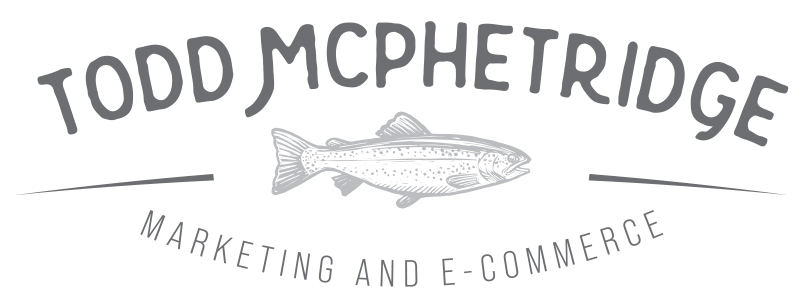SEO Strategies for the Fishing Industry
How outdoor companies win more calls, bookings, and store visits
Quick Diagnostic: 10 Checks in 10 Minutes
- Map pack presence: search “[city] fishing charter” and “[lake] bait shop.” Are you in the top three? If not, note it.
- Categories: confirm the primary category matches the job: Fishing Charter, Fishing Store, Fly Fishing Shop, Kayak Rental.
- Service span: list the marinas, ramps, and launch points you actually use.
- NAP consistency: same name, address, and phone everywhere. No old suite numbers or hard-coded tracking numbers in citations.
- Hours accuracy: holiday or seasonal hours published at least two weeks ahead.
- Media freshness: last 30 days include at least five new photos and one short vertical clip. Show exterior, dock, rigs, and species by season.
- Review velocity: five or more new reviews in the last 60 days, with owner replies that mention water body or season.
- Mobile CTAs: tap-to-call, tap-to-text, and directions visible above the fold.
- Location page depth: each lake or city page includes seasons, species, access notes, pricing, gallery, and exactly two CTAs.
- Tracking in place: UTM-tagged links from listings and call tracking that swaps on site.
Myths vs. Moves
-
Myth: “Posting once a month is enough.”
Move: weekly Posts with conditions, gear arrivals, or open dates. End with call, directions, or book. -
Myth: “Any category will do.”
Move: precise primary category plus services like license sales, kid-friendly trips, or rod repair. -
Myth: “Stuff more keywords.”
Move: write for anglers. Use natural phrases like redfish charter Port Aransas or trout guide Blue Ridge in titles and H1s, then give practical details.
Review Patterns That Win Clicks
Great reviews are specific and recent. Ask customers to include water body, species, time of day, and what made the experience smooth. Reply with details that help the next person decide quickly. This combination lifts rank and conversion by building trust.
Build One High-Converting Location Page
- Include: seasons and species chart, ramp names, parking notes, safety or permit tips, gallery, prices or ranges, and two CTAs only.
- Markup: LocalBusiness and FAQ schema. Alt text such as “family-friendly redfish charter [bay name].”
- Internal links: link to the booking flow and one relevant gear collection if you sell online.
Simple Content That Signals Local Expertise
- Weekly bite note: water temp, clarity, productive depths, two patterns. Short and dated.
- Access brief: launch etiquette, ramp fees, low-water hazards, restroom availability.
- Family day primer: what ages do well, shade options, snacks, and restroom access near the dock.
Links Without Spam
- Event recap: sponsor a kids derby or cleanup and publish a photo recap. Ask clubs and local news to cite it.
- Tourism guide: contribute a “where to fish this month” page and request a partner listing.
- Marina partner: reciprocal “where to launch” resource with clear anchors.
Mobile UX for Dockside Decisions
- Speed: compress images, lazy-load galleries, keep scripts lean. Aim for sub two-second load on a mid-range phone.
- Action bar: persistent call, text, book, and directions buttons on mobile.
- Booking clarity: show start times, durations, party size, deposit, and what to bring before the form.
Seven-Day Sprint
- Fix categories and service areas, then update photos and add one vertical dock clip.
- Publish one conditions Post and one events Post with clear CTAs.
- Send ten review requests with a template that suggests helpful details.
- Ship a single location page for your top fishery with schema and two CTAs.
- Add UTM tags to every directory and social link; turn on call tracking.
- List two marina or club partners and request a link citing your new resource page.
- Measure calls over 60 seconds, bookings, direction taps, and top queries in Search Console.
Consulting Help
Need a specialist to implement local SEO fixes that increase calls and bookings? See my Marketing Consultant overview for how I scope, prioritize, and implement this work.
